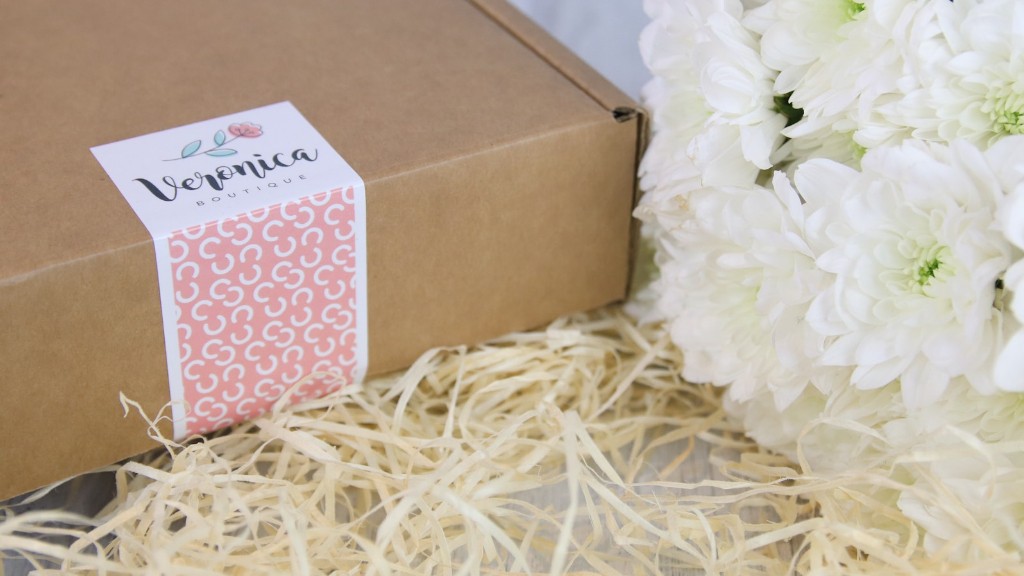The clear plastic milk carton bottle has become a staple in many households, offering a convenient and efficient way to store and consume milk. This article aims to provide an in-depth look at this popular packaging choice, offering background information, relevant data, and perspectives from experts.
Background information on the clear plastic milk carton bottle reveals that it was first introduced in the 1960s as an alternative to traditional glass milk bottles. The plastic material offered several advantages, including lightweight, shatterproof, and cost-effective. These benefits quickly made it a preferred choice among both consumers and producers.
In terms of relevant data, it is estimated that the clear plastic milk carton bottle accounts for approximately 85% of all milk packaging. This dominance can be attributed to its widespread availability, ease of use, and the perception of increased product safety compared to other materials.
Experts in the field have also provided valuable perspectives on the clear plastic milk carton bottle. According to environmental experts, plastic packaging, including the clear plastic milk carton bottle, poses significant challenges in terms of waste management and environmental impact. While plastic is recyclable, the recycling infrastructure and consumer behavior around proper recycling remain important factors to address.
From a consumer perspective, the clear plastic milk carton bottle offers convenience and portability. Its see-through design allows consumers to easily check the milk’s quality, ensuring freshness. The lightweight nature of the bottle also makes it easier to handle and transport.
However, it is crucial to consider both the benefits and drawbacks of the clear plastic milk carton bottle. While it offers an excellent barrier against UV light and external contaminants, it is less effective at insulating against temperature changes. This can impact milk quality, particularly in warmer climates or during extended transportation periods.
Furthermore, the use of plastic in packaging raises concerns about potential health risks associated with chemical leaching. While regulations and standards aim to ensure consumer safety, continued research in this area is important to address any emerging concerns.
Environmental Impact of Clear Plastic Milk Carton Bottles
The environmental impact of clear plastic milk carton bottles has gained significant attention in recent years. While plastic is recyclable, the actual recycling rates remain comparatively low. Additionally, the production of plastic bottles contributes to greenhouse gas emissions and energy consumption.
Efforts to reduce this impact include initiatives to increase recycling rates, promote the use of recycled materials in bottle production, and explore alternative packaging options such as plant-based plastics.
Alternative packaging materials, such as glass or paper-based cartons, are often touted as more eco-friendly alternatives. However, each material has its own set of drawbacks and considerations, illustrating the complexity of balancing environmental concerns with practicality and functionality.
In conclusion, the clear plastic milk carton bottle has revolutionized the milk packaging industry, offering convenience, safety, and affordability. However, its environmental impact and potential health risks must be carefully considered. As consumers, it is vital to support recycling efforts and advocate for sustainable packaging solutions.
Innovations in Clear Plastic Milk Carton Bottle Design
Continuous innovations in clear plastic milk carton bottle design have aimed to address some of the challenges associated with this packaging choice.
One such innovation is the incorporation of biodegradable additives into the plastic material, allowing the bottle to degrade more rapidly in composting conditions. This technology helps reduce the long-term environmental impact associated with traditional plastic packaging.
Another design improvement focuses on enhancing the insulation properties of the bottle. By incorporating insulating layers or materials, milk quality can be better preserved during transportation and storage, particularly in warmer climates.
The introduction of smart packaging technology is also gaining traction in the milk industry. This involves the integration of sensors and indicators on the bottles, allowing consumers to monitor freshness and expiration dates through their smartphones or other devices.
These innovations showcase the industry’s commitment to addressing environmental concerns, improving functionality, and meeting consumer demands for more sustainable packaging solutions.
The Future of Milk Packaging
The future of milk packaging holds exciting possibilities, driven by advancements in technology and changing consumer preferences.
One emerging trend is the use of plant-based plastics derived from renewable sources such as corn or sugarcane. These materials offer biodegradability and a reduced carbon footprint compared to traditional plastics.
Another avenue being explored is the development of edible packaging materials, including edible coatings or films. These innovations aim to address both the environmental concerns and potential health risks associated with traditional packaging materials.
Smart packaging technology is expected to further evolve, providing consumers with real-time information about milk quality, freshness, and nutritional content. This can help reduce waste and improve overall consumer satisfaction.
In conclusion, the clear plastic milk carton bottle has come a long way since its introduction in the 1960s. While it offers numerous advantages, it is vital to continuously pursue advancements in packaging design and materials to minimize environmental impact and ensure consumer safety. With ongoing innovations and increased awareness, the milk packaging industry can move towards a more sustainable and efficient future.





